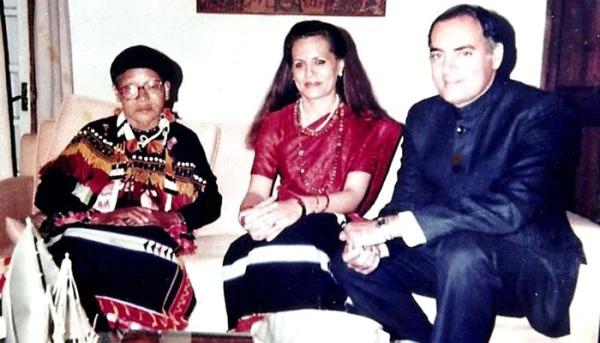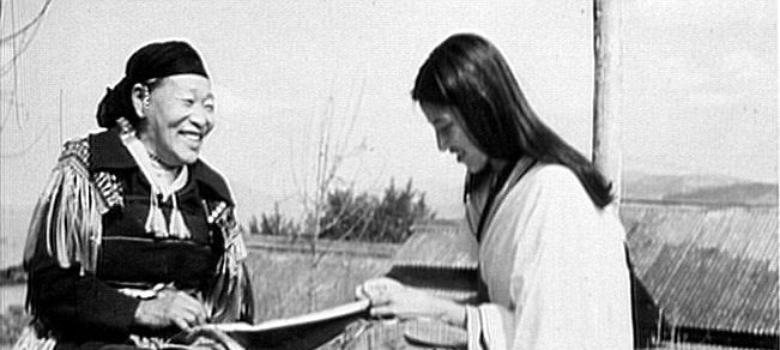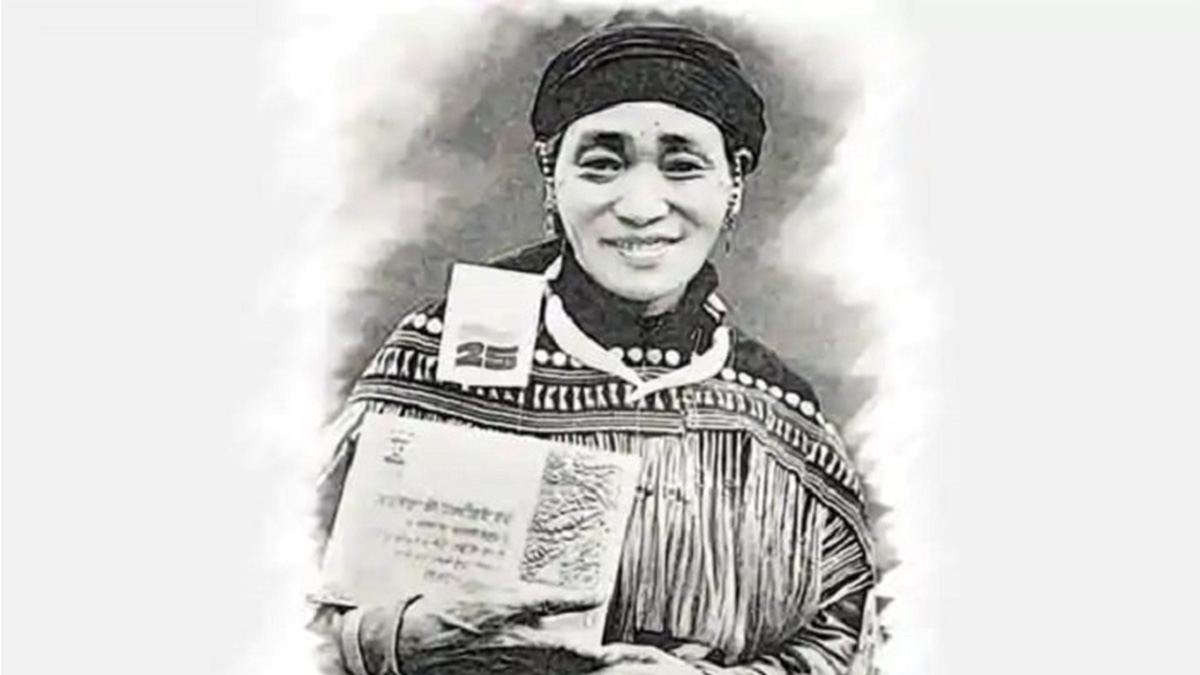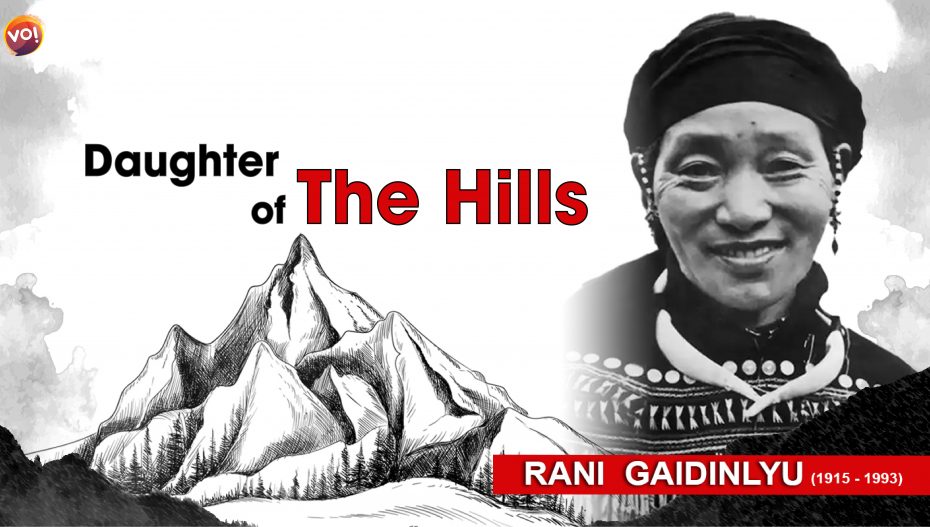Many great women warriors have shaped the course of Indian history with contributions that have only enriched our legacy of valour. History textbooks routinely fail to mention most of these glorious women. Imagine what it would be like to be imprisoned for 15 years – for being a patriot. Let’s talk about one courageous woman who brought the British to their knees at only 12. Rani Gaidinliu
Rani Gaidinliu, or Queen Gaidinliu, was born in 1915 in the village of Nangkoa, Manipur, in the Ronjimai/Kabui community. Unfortunately, villagers labelled the infant a witch, a demon and a cannibal right at the time of her birth. As a result, the community decided to murder the child with her umbilical cord yet uncut. Luckily, she survived this horror– only to transform into a harbinger of good news, “the brave child”.

Rani Gaidinliu was a freedom fighter, social reformer, a physician who practised Ayurveda, and a religious leader of the Maibi Naga community. The British Government has had a long history of exploiting tribal people from India’s North-East, including Nagas, blood-soaked history of violence, forced labour and extreme hardship. In addition to such atrocities, every Naga household was forced to pay Rs 3 per annum as annual revenue.
Jadonang, a social reformer in North-Eastern India, set about liberating the region’s people from the British Raj. In the Hareka struggle waged by him (the battle of the local Bhatigat tribal culture against the growing influence of Christian and Vaishnava sects in Manipur), Rani Gaidinliu assumed essential responsibilities as his most trusted bureaucrat at a very young age. Both Jadonang and Rani Gaidinliu were influenced by Mahatma Gandhi and became advocates of non-violence.
Due to his rebellious stance against the British Raj, Jadonang was implicated in a false case and hanged in 1931.

Rani Gaidinliu was merely a 16-year-old girl at this point. However, she showed marked leadership qualities and negotiating skills from an early age. Inspired by Gandhi’s Non-Cooperation Movement, she urged the people of the Naga community to stop paying the enforced taxes and to refuse to work for the British Government. Walking tortuous pathways across inaccessible mountains, she united the masses helped her fiery speech. Despite her age, the British were terrified of the movement led by Gaidinliu. They launched a special search operation to find the 17-year-old girl and announced a reward for anyone who provided information on her whereabouts. The British Government also offered tax relief provisions for entire villages if residents chose to co-operate.
Threatened by her growing influence, the Deputy Commissioner of the Naga Mountains sent a large force to capture Gaidinliu. In response, an army of Gaidinliu’s supporters attacked a platoon of Assam Rifles (under the British Raj) on the slopes of the Upper Kutcher Mountain, resulting in many deaths on both sides. Following the incident, a reward of Rs 500 was again announced for Gaidinliu’s capture by the royal court of Manipur. But this did not affect the local communities, where Gaidinliu commanded immense respect. No one offered any information against her. In late 1932, Gaidinliu shifted the focus of her fight to the village of Polmi, near the Khasi mountain range. With her supporters, she built a wooden fortress at the site. However, the British kept a close watch on these activities. The government forces launched a surprise attack by deploying a large battalion of Assam Rifles through laying siege on Polmi. Many of Gaidinliu’s supporters were martyred in this devastating event, and she was captured. Gaidinliu was subsequently sentenced to life imprisonment, serving 14 years in various prisons, her last four years being in Tura Jail (Meghalaya).

In 1937, Jawaharlal Nehru visited Gaidinliu in Shillong jail and said, “A day will come when India will also remember her and cherish her”. He wrote a letter to a British Member of Parliament, asking for Gaidinliu’s release, but Britishers rejected his request. Eventually, in 1946, Gaidinliu was released from prison on the instructions of the then Prime Minister Jawaharlal Nehru of the Interim Government of India.
Thousands of her supporters gathered to greet her on her release from the Tura prison. However, the release was conditional on the premise that she could never enter Manipur. Gainliu decided to settle in a Meghalaya village. In recognition of her contribution to the nation’s Freedom Struggle, the Government of India provided her with a pension, housing and other benefits. Fortunately, restrictions on her travels did not last long. In 1952, during the visit of President Rajendra Prasad to the North-Eastern states, the Indian Government lifted all restrictions on Gaidinliu’s movement.
It is unfortunate that while Gaidinliu strived to defend her motherland and culture all her life, ‘peace and harmony’ are not yet synonymous with a region that she fought for. It is deplorable and disheartening to realise that discord between various communities plagues the North East. Citizens of India can only pay a true homage to a legendary revolutionary figure like Gaidinliu through honouring her contributions, thoughts, and ideals, things she lived and died for.













